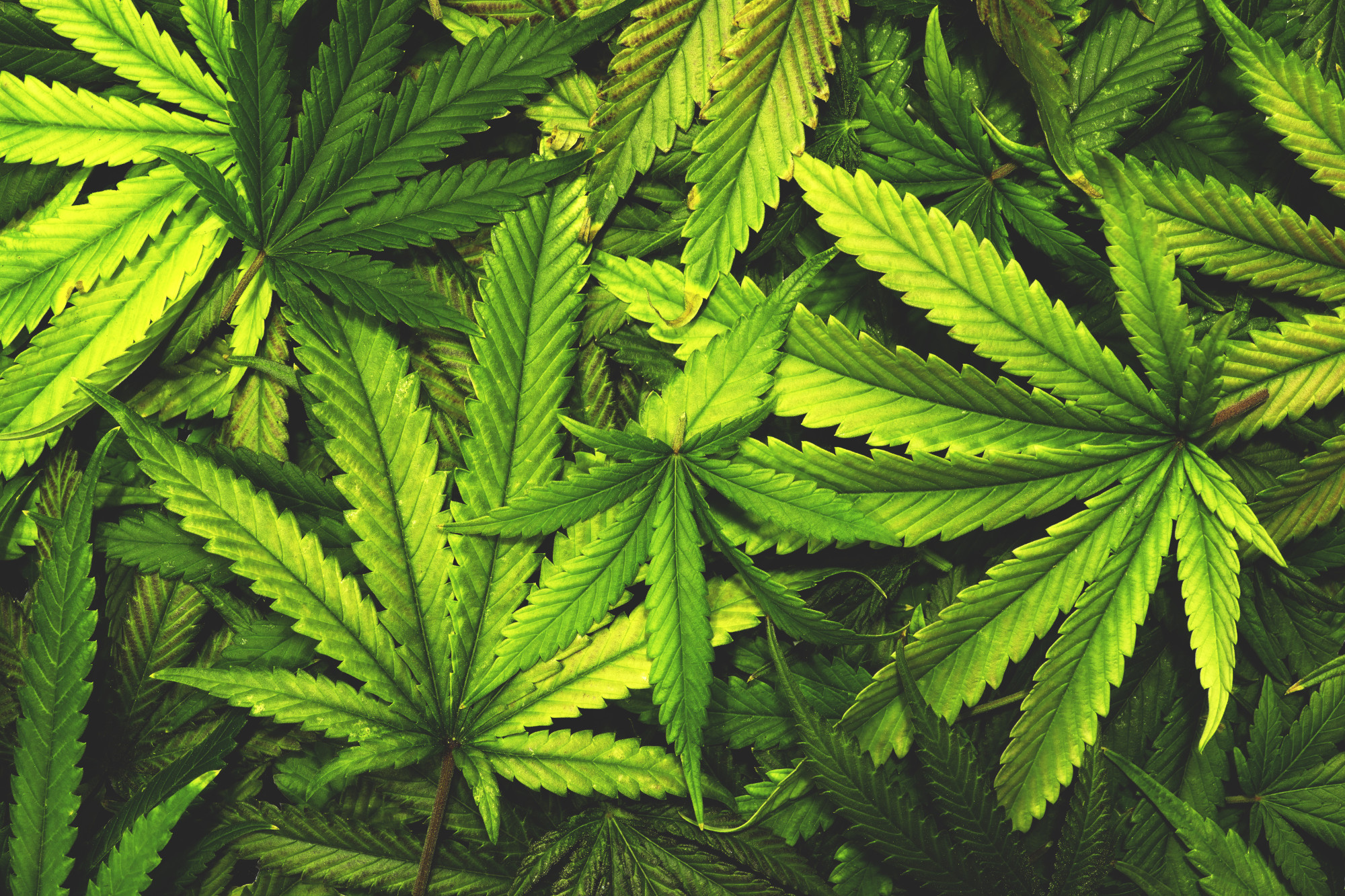Cannabis products of all kinds are flooding the market. Alongside them are more and more creations and uses for the plant beyond an afternoon of recreation.
For the keen-eyed and keener minds, the pot plant can offer a great variety of items and purposes. The trick is to understand what the pot plant contains.
We’ll delve into the basics of pot plant anatomy to help you understand where these flood of CBD products come from.
The Differences Between the Sexes
There are two forms of the pot plant, one for each sex. While a hermaphrodite combination can happen, the common plant is either male or female.
The female plant has a signal during its pre-flowering stage to determine its sex. A white hair emerges from the leaf node before it flowers.
If the white hair is not present, you will need confirmation after the plants have flowered. Male plants do not produce a bud when flowering. As well, male plants have stamens with anthers packed with pollen.
The pollen sacs are the biggest note of a male pot plant.
Pot Plant Pieces
The pot plant has 7 major parts of the plant. This does not include the minor differences of the plant sexes listed above. Each part has a strong role in both the plant itself.
1. Roots
Roots are the lifeblood of the pot plant. Like most plants, they provide nutrients to the plant itself.
Without the roots, the plant cannot live to produce a variety of chemicals you may know it for.
2. Cotyledon Leaves
The cotyledon leaves are the initial signs of life in the pot plant. These allow the initial gathering of energy through photosynthesis.
A pot plant is a dicotyledon and thus will have 2 of these leaves when sprouting.
3. Stem and Branches
The stem and branches of the pot plant provide the strong body of the plant. Not only does this allow the plant to stand tall, but it also provides a strong vascular system for nutrients and chemicals to flow.
4. Fan Leaves
The fan leaves are the iconic symbol of the pot plant. The unique texture and shape of the leaves have become well known and as they grow and flourish, the pot plant takes on its recognizable shape.
The fan leaves can denote what kind of pot plant it is. Dark and wide leaves showcase the Indica variety, while light green and slender leaves are the Sativa variety.
5. Calyxes
The calyxes are the clustered buds of the pot plant. The tiny dewdrop shaped buds are often entangled in the leaves, giving the pot a nugget like appearance.
If a pistil gets pollinated, then the calyxes turn from abundant harvest to ovary and incubation chambers.
6. Pistils
The small “hairs” on the nuggets of pot are pistils. They are the small white hairs that determine a female plant.
Pistils are the female reproductive organs of the pot plant and they catch pollen. They turn from white to orange or red as the plant matures.
7. Resin Trichomes
Trichomes are the gooey resin that appears around the plant calyxes. These form as flowering pushes forward, combining sugar with the calyxes to form the enriched trichomes.
The resin is the cornerstone of many recreational cannabis products, such as hashish and concentrates.
What Makes the Product
Knowledge of the pot plant can help you understand the details of what may go into a variety of cannabis products. The final key is the categories of chemicals that the pot plant produces.
CDB products and THC products both come from the pot plant. The differences in these chemicals are the biggest dividers between cannabis products.
With a proper CBD vs THC tutorial, you can understand what cannabis products come from each chemical.
The Right Know How to Find the Best Deals
There is a lot to know about cannabis and the pot plant. With it, comes a wide variety of medical and recreational products.
Understanding is the first step towards knowing the right path towards good deals and positive living. For more information on all sorts of subjects, from family life to frugal living, check out our other articles!
